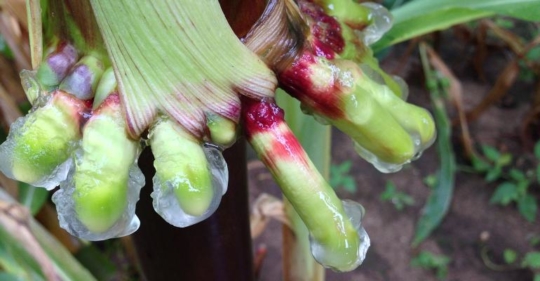Explore our blog featuring articles about farming and irrigation tips and tricks!
Nitrogen-fixing Corn Is Farming’s Holy Grail. But When?

By: Mike Wilson
Around the turn of the last century German chemists Fritz Haber and Carl Bosch advanced a moonshot idea that likely saved mankind: converting atmospheric nitrogen in to ammonia fertilizer. That unleashed the age of synthetic fertilizer leading to higher crop yields and bountiful food supplies for a growing world population.
Now, over a century later, scientists are again looking to at another moonshot: making a corn plant that can get much of its own nitrogen from soil and air. Such an invention could save farmers money, keep more fertilizer from running into drinking water, and boost corn yields in places where farmers can’t afford synthetic fertilizers.
Outlandish? They’re working on it right now on at least three fronts, with some products on or nearly ready for market.
Microbial or biological products have been on the market for some time now, mainly to protect soybean roots and ward off disease. More recently microbial-based products have appeared on the market to boost soil fungi mycorrhiza that help corn roots take up moisture and nutrients.
One giant leap
You might say these efforts are one small step for man; what’s coming next will be one giant leap for mankind.
Stay up to date on all T-L news and get alerts on special pricing!


